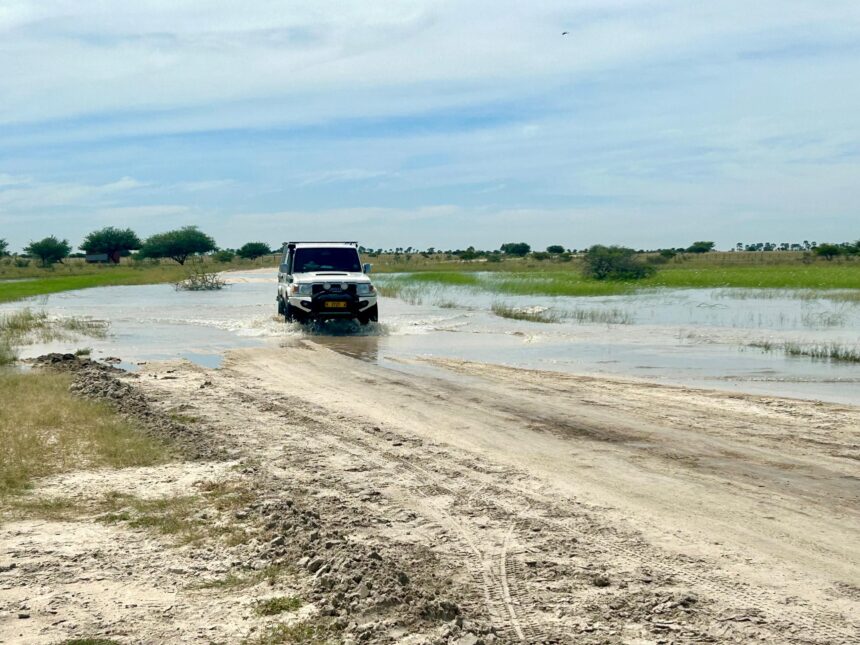The Roads Authority (RA) plans to spend at least N$230 million to rehabilitate roads damaged by recent heavy rainfall in the Oshana, Ohangwena, Oshikoto, Omusati and Kunene regions.
This was revealed by RA CEO, Conrad Lutombi, in an interview yesterday.
The restoration work is set to begin on Monday, ensuring that roads are accessible ahead of the upcoming Easter holiday, when many people are expected to travel to their hometowns.
The work will be carried out by contractors including Kambwa Trading, Otesa, Nexus, Unique, Eponga, Emirates, and the Road Contractor Company.
Lutombi expressed confidence in the contractors’ ability to complete the work on schedule, adding that the RA’s leadership is currently on the ground to assess the full extent of the damage.
So far, RA has already spent more than N$30 million on emergency road repairs following widespread damage caused by heavy rains across Namibia during the rainy season.
The funds were used to repair potholes and washaways and restore access to severely affected areas, including the construction of a temporary bypass on the Windhoek-Rehoboth Road.
However, the true cost of repairing the full extent of the damage is staggering; an estimated N$467.1 million is needed to restore all damaged roads nationwide.
“Fifty percent of our road network is beyond its lifespan. This makes our roads more vulnerable to damage, especially during heavy rains,” he said.
He said the recent rainfall has had a severe impact on infrastructure in multiple regions, including Khomas, Hardap, Oshana, Ohangwena, Kavango, Kunene and Zambezi.
Damage reported includes washed-away roads, stormwater structure failures, overtopping of road sections, and a collapsed bridge on the TR1-5 route between Windhoek and Rehoboth.
Lutombi explained that despite the urgent need, the RA’s approved budget for the 2024/2025 financial year stands at N$1.3 billion, with N$1.29 billion coming from the Road Fund Administration (RFA) and only N$15 million from government.
“This figure falls far short of the N$4.1 billion needed annually to maintain and rehabilitate the road network as outlined in the ministry’s Medium to Long-Term Master Plan,” he noted.
He said the repair work during the rainy season is often compromised because they are carried out in wet conditions.
“This leads to poor-quality work and potholes reappear shortly afterwards. Ageing roads also worsen the situation, as patches on these roads don’t hold due to the deteriorated surrounding pavement,” added Lutombi. –vkaapanda@nepc.com.na


